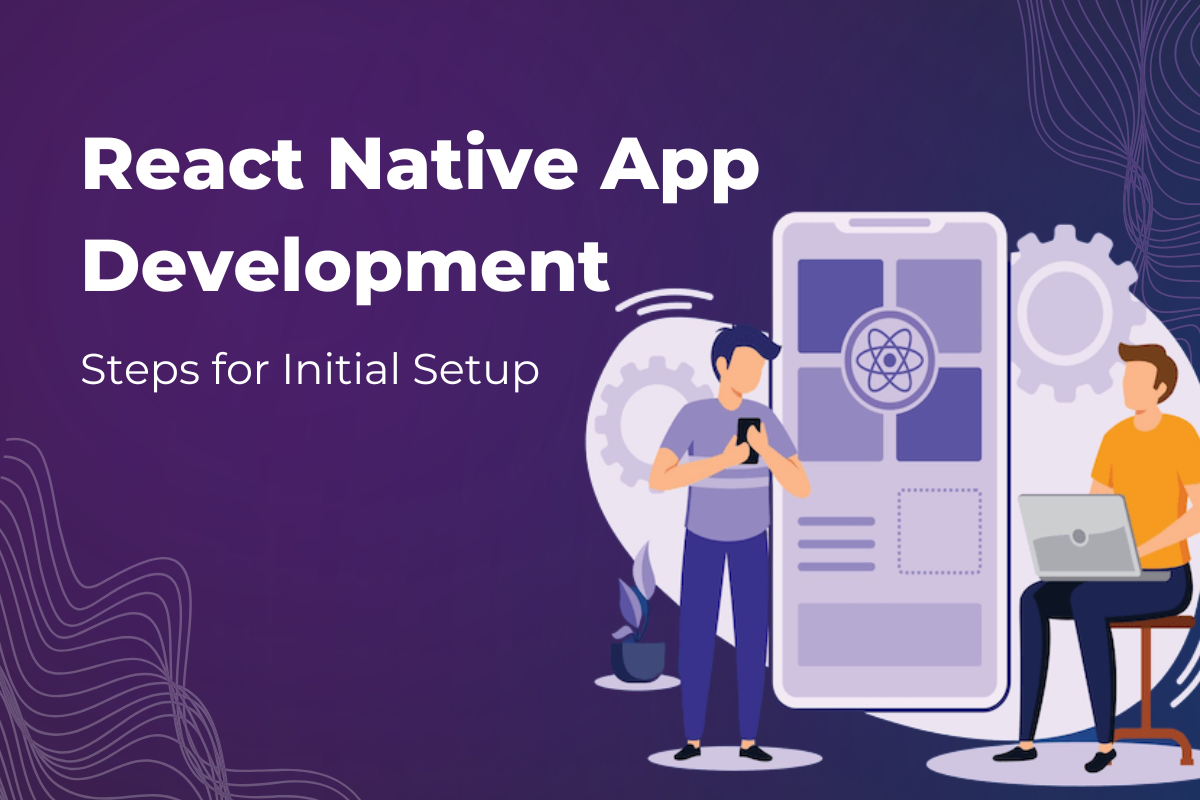The first thing we all need to understand is that design is the most important aspect of creating mobile applications. We live in an era where mobile applications have become a major source of delivering services and doing business. It is really hard to imagine life without smartphones, and mobile applications in them have become a part of our daily routine.
Building a mobile application comes with its own set of rules where creating a strong User Experience (UX) is a big deal for the flow of any application. The User Interface (UI) explores how a mobile application looks and interacts with a user. It defines how an application feels, from the user point of view.
A good user experience puts life into your application which practically means that you are showing the value of an application to the users. The mobile application development company must make your app useful to the users so that no matter what keeps coming back to them. So, let’s learn the best practices for designing a great mobile application.
Below is the list of vital User Experience design principles for creating an attractive mobile application.
1. Avoid Extras, One Screen One Task
The structure of the application should be well organized with the User Interface which is useful and meaningful based on clear cut things, straightening out the unrelated and adding necessary things. Basically, user attention is the motto, so just cluttering your interface will overload your user with too much information: every added button, image and line of text makes the screen more intricate.
Design each screen to support only one action and not many things that obfuscate the user’s mind. Make it easier for the user to use and navigate, and gain benefits out of it.
2. Make Navigation Simple and Easy
Navigation is the most important factor for a mobile application. It should be easy and should be able to help the users to search for things effortlessly, with the complete information they want. It can be accessible, discoverable, and should be able to make the users feel easy to find out by not filling the total screen. There is a limitation for a screen so considering that screen space one can add tab bars and navigation bars which are well suited for it. Users will easily jump from one page to another with easy navigational options.
3. Content Becomes Interface
It is said that content is the king and to prove this saying one should focus only on the content and remove all the needless elements that don’t support the user errands. Draw the attention of the users only towards the sections that are useful for them. Thanks to the reduced attention span that these users should be quickly guided to the content they are looking for.
4. Use of Space
The white space refers to an empty space between the elements of the design or page layout, and is often neglected. However, designers at times consider it as a mere wastage of screen and time. So utilize that free space to put some action aspect that will help drive a call to action.
5. Make Navigation Simple and Easy
Navigation is the most important factor for a mobile app. It should be easy and helps users to search for things smoothly with the complete information they want. It can be discoverable, accessible and make users feel easy to find out by not filling the total screen. There is a limitation for a screen so considering that screen space one can add tab bars and navigation bars which are well suited for it. Users will easily jump from one page to another with easy navigational options.
6. One Touch Functions
Smartphones are addictive, especially that touch screen that makes it easy for users to adapt their design as per screen size. It is observed that most of the time users use their smartphone for surfing different websites and for many other things so the bigger the display is, the less easily-accessible zone will be. Mobile app development companies should try to make sure that the app can be easily used on a large screen with one hand. Place navigation options within the thumb’s reach.
7. App Should Appear and Content Should Be Legible
If we compare with laptops, mobile screens are smaller, which means it’s a challenging work for mobile app developers, where mobile design is difficult to insert information on a small UI. The rule of thumb says that the text should be at least 11 points, so that it is readable at a typical viewing distance, without having to zoom in. The readability can further be improved by increasing letter spacing or line height. A good, generous white space can make the scruffiest interfaces look simple and inviting. It is really important for a mobile outsourcing company to make the mobile application fast and responsive, so that some things in the background need to be done to make it faster.
8. Make Screen Elements Clearly Visible
Use different colors and contrasts to help the users clearly interpret the content. Developers have to use primary and professional colors for the app. Use accent colors that support every type of platform. Keep different colors of every element so that users can easily identify the vision and understand the actions of every element. Mobile app development companies should follow standard rules for text and image for the background screens.
9. Put Your Efforts of Push Notifications
Alerts, reminders and notifications are a daily dose of any marketing strategy. So think twice before sending a message. People often get distracted from such messages that can trouble them in their daily activities. These alerts are really annoying and are usually ignored by the users. However, the best way to establish a mobile application that diversifies messages and creates a great UX.
10. Test the Design
Mobile app developers test each and every page of the application in a large computer screen, as the apps look great when seen on a bigger screen. But some errors and bugs do appear when put it into the real world. Thus, it is important to test the mobile application with real users on an assortment of mobile devices to confirm that it works fine on all the devices. In addition to this, try asking the real users to give reviews and feedback to improve the design.
Summing Up
We hope that the above points placate your understanding of a great mobile User Experience. The mobile app development is no rocket science, however, you need to follow some crucial principles. Your application needs to be useful and beneficial. If the application is not useful, it has no practical value for the user and no one shall be pleased to use it.



